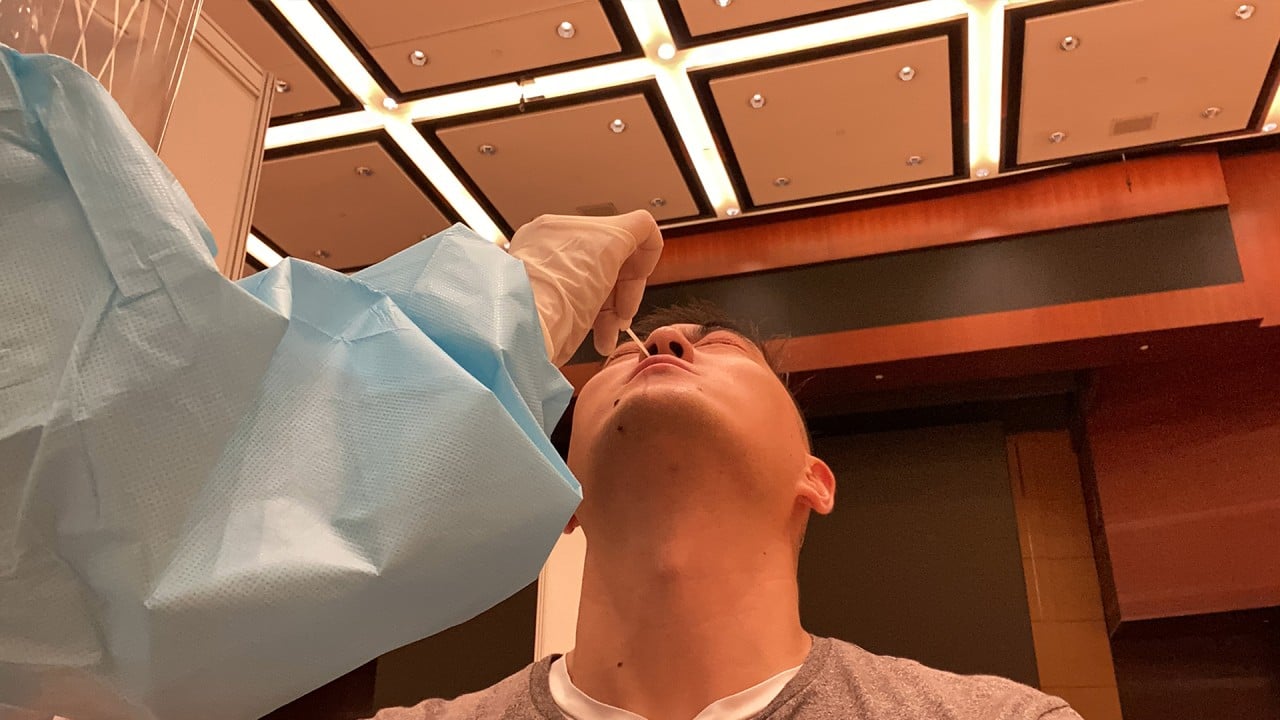
True aim of Hong Kong’s mass Covid-19 testing is not virus eradication but preparedness
- Hong Kong now has experience organising large-scale, rapid community testing and screening, which gives it a big advantage as the winter flu season approaches along with the risk of a new spike in coronavirus cases
It took less than five minutes. True, it was not a completely comfortable five minutes. The nasal swab tickles and you feel like you need to sneeze. But, in a second, it is over. It was easy, fast and free. What is more, it helps medical professionals and the government gather invaluable information to track the spread of Covid-19 in Hong Kong.
Others say: “I feel fine – why should I get tested?” Motivation is another factor. Many people would grab the chance for a free Covid-19 test if they needed proof of health to travel. But without an immediate incentive, they will not bother.
A Hong Kong clinic recently surveyed 3,000 patients about the testing programme. Surprisingly, more than 80 per cent of respondents said they did not plan to register.

03:13
Hong Kong launches universal Covid-19 tests for residents
Even more surprising, politics and privacy worries did not top the list of concerns. Rather, people were fearful of being pulled from their families and put into government quarantine if they or another family member tested positive. This is something the government should have considered at the planning stage, to encourage broader participation.
Governments and health officials around the world are struggling with the same issues: we have limited time, an incomplete understanding of the virus and its spread, yet we still have to move forward, however imperfectly.

00:45
‘The Covid-19 test made me cry’: what it’s like to get swabbed in Hong Kong’s mass-screening scheme
The Hong Kong team, meanwhile, had to coordinate the on-the-ground logistics, from training thousands of technicians to locating test venues and equipping them for sterile, socially distanced testing, Important decisions about the test procedure and format needed time for debate and consideration. Experts wondered: should we do nasal tests or throat saliva ones? (We ended up doing both).
Was it all worth it? Many, including some expert medical doctors and epidemiologists, would say no – that mass testing like this is a waste of time, money and effort in eradicating Covid-19. They argue that it does not work unless you can ensure universal compliance followed by a mandatory lockdown. And, of course, neither of these things would be possible in Hong Kong.
Tough decisions lie ahead after testing
Working with China’s laboratory technology and experts has given Hong Kong invaluable new tools. Hong Kong now has experience organising the complex logistics for large-scale, rapid community testing and screening. We have refined our ability to conduct target testing of high-risk groups and clusters, which will be a big advantage in the months ahead.
Bernard Chan is convenor of Hong Kong‘s Executive Council

